Reviewed by Corey Noles
With iOS 26, Apple Wallet is transforming from a simple payment app into something that looks more like mission control for your daily life. After digging into the developer beta features and analyzing what Apple's really building here, what strikes me most is how these changes finally address the stuff that actually matters when you're rushing through an airport or trying to pay at checkout.
The changes here aren't just incremental updates—they represent Apple's strategic pivot toward becoming your complete digital identity platform. Apple announced that iOS 26 enhances Apple Wallet with features that "make everyday interactions with the physical world easier than ever," and the execution delivers on that promise in ways that could fundamentally change your daily routines.
Here's the kicker: with Apple Pay processing over $8.7 trillion globally in 2025 and 650 million active users, these changes will impact how hundreds of millions of people interact with the world around them. But more importantly, they solve real problems instead of just adding features. Let's break down what's actually new and why it matters.
Your boarding passes are about to get very smart
If you've ever scrambled through an airport trying to find gate information or track down your luggage, iOS 26's boarding pass upgrades will feel like a revelation. Apple has completely reimagined how boarding passes work, and the changes create a seamless travel workflow that connects every piece of your journey.
Live Activities integration: Your boarding passes now support Live Activities, meaning flight updates appear directly on your Lock Screen without opening any apps. When your gate changes or your flight gets delayed, you'll see it instantly. Even better, you can share these Live Activities with family or friends, so they can track your flight status in real-time without constant text updates.
Airport navigation built in: The new boarding passes include direct links to Apple Maps with 3D terminal views and airport floor plans. According to ZDNET, you can "tap into Maps for a 3D view of your terminal and airport floor plan" right from your boarding pass. This means no more wandering around looking for your gate—tap your boarding pass, get directions, arrive with time to spare.
Baggage tracking integration: Here's where the workflow gets complete—your boarding pass now links directly to Find My for tracking AirTag-equipped luggage. 9to5Mac reports that you can check "the location of your AirTag-equipped luggage and ability to report missing bags" directly from the pass.
The technical implementation is sophisticated. Apple's developer documentation shows that Wallet now automatically subscribes to flight status updates using your airline code, flight number, and departure date, keeping everything current without manual intervention. When flights are delayed, boarding times adjust automatically to match new departure schedules.
What you need to know: This creates a complete travel workflow—Live Activities keep you informed, Maps gets you to your gate, Find My tracks your luggage, all from a single boarding pass. No more juggling multiple apps while carrying bags through the terminal.
Digital ID support just went nationwide
The biggest identity-related change in iOS 26 is support for US passports in Apple Wallet, and this positions Wallet as your comprehensive identity solution rather than just a payment tool.
Apple confirmed that users can "seamlessly create and add a Digital ID to Apple Wallet using a U.S. passport" for age and identity verification. The implementation works "at TSA checkpoints, in apps, and in person," though Apple emphasizes it's "not a replacement for your physical passport."
State ID expansion: Beyond passports, participating US states now support "Verify with Wallet on the Web" for driver's licenses and state IDs. MacRumors details that this works with websites like Chime, Turo, Uber Eats, and U.S. Bank, plus government sites in Arizona, Georgia, and Maryland.
What's particularly strategic about this timing: Apple is positioning itself ahead of a massive regulatory shift. With nine US states already issuing mobile driving licenses that work in digital wallets, and the EU requiring digital identity wallets by December 2026, Apple's establishing Wallet as the platform governments and businesses will integrate with for digital identity verification.
This puts pressure on Google Wallet, which currently dominates Android's 70% global market share but lacks the integrated government ID support that Apple now offers across both payment and identity verification.
Apple Intelligence finally makes order tracking useful
One of Wallet's most underutilized features has been order tracking—until now. Apple Intelligence integration means Wallet can now "automatically identify, summarize, and display order tracking details from emails sent from merchants or delivery carriers."
Cross-merchant tracking: This works "across all orders," not just Apple Pay purchases. 9to5Mac explains that Apple Intelligence can "identify and summarize order tracking details from emails sent from merchants or delivery carriers," creating a unified tracking hub regardless of how you paid.
Why this matters: Instead of hunting through email threads or checking individual retailer apps, you get a single dashboard showing all your incoming packages. The system provides "progress notifications and more, all in one place," which actually makes the feature valuable compared to the current implementation that most users ignore.
Competitive advantage: This goes beyond what Google Wallet currently offers. While Google Wallet can automatically import boarding passes and tickets from Gmail, Apple's approach uses on-device AI to create summaries and notifications without sending your purchase data to cloud servers for processing.
PRO TIP: You can disable promotional notifications from the new order tracking feature. iOS 26 adds an 'Offers & Promotions' toggle in Wallet's notification settings if you want tracking updates without the marketing noise.
In-store payments get installments and rewards
Apple Pay's in-store capabilities are expanding beyond simple transactions, addressing a major gap compared to newer payment methods. Apple announced that users can now "choose to pay with installments or rewards when making in-store purchases with Apple Pay using iPhone."
Installment partnerships: The feature launches with Affirm, Cash App Afterpay, Klarna, Synchrony, and U.S. Bank in the US, with international expansion planned. ZDNET reports that "The Apple Pay terminal now displays several ways to purchase a product, including installments and rewards points based on your credit card."
Rewards redemption: For the first time, you can use credit card rewards for in-store purchases through Apple Pay. Initial partners include Synchrony and U.S. Bank, with more expected.
Real-world scenarios: Picture this—you're buying a $800 laptop at Best Buy. Instead of using your credit card directly, you tap to pay with Apple Pay and immediately see options to split the purchase into four payments with Klarna, or apply $200 in Chase rewards toward the purchase, all without opening additional apps or signing up for new accounts at the register.
This addresses a significant competitive gap. While Apple Pay dominates with 92% acceptance at US retailers, the lack of in-store installment options has been a limitation compared to buy-now-pay-later services that require separate apps or QR codes.
What this means for your daily routine
Rather than isolated features, these changes work together to create a comprehensive digital identity and transaction hub. With Apple Pay's 580 million+ active users and 94% of US retailers accepting Apple Pay, the infrastructure is already in place for widespread adoption.
Your new travel workflow: Check in for your flight → boarding pass loads with Live Activities → get real-time gate updates on Lock Screen → tap for airport Maps directions → use Find My integration to track luggage → share flight status with pickup person. All from one pass, no app switching.
Identity verification streamlined: Need to verify your age for an app signup? Tap to use your digital passport. Renting a car through Turo? Present your state ID through Wallet on the Web. Airport security? Use your TSA-compatible digital ID. One identity system across digital and physical interactions.
Purchase management unified: Order tracking now actually works across all purchases, whether you paid with Apple Pay, a credit card, or even cash. Apple Intelligence summarizes delivery status from all your merchant emails in one place.
The digital ID expansion signals Apple's broader ambition. As digital wallets are projected to surpass $16 trillion in transactions by 2027, Apple's positioning Wallet not just as a payment tool, but as the platform for all digital-to-physical world interactions.
Don't Miss: iOS 26 runs on iPhone 11 and later models, including second-generation iPhone SE and newer. The first developer beta is available now, with public beta coming next month and full release this fall.
Getting ready: Start adding your state ID to Wallet if your state supports it (check Settings > Wallet & Apple Pay > Add State ID). If you travel frequently, ensure your AirTags are set up in Find My—the luggage tracking integration will make them significantly more useful.
The changes in iOS 26 represent Apple Wallet's maturation from a payment app into a comprehensive platform for managing your interaction with the physical world. The execution appears solid, the integrations are genuinely useful, and the timing aligns with major regulatory shifts toward digital identity. Whether that transforms daily life or becomes another underused feature suite depends on adoption—but the foundation Apple's building here looks more solid than most of their ambitious feature launches.




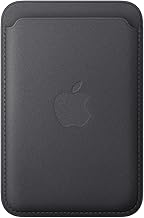


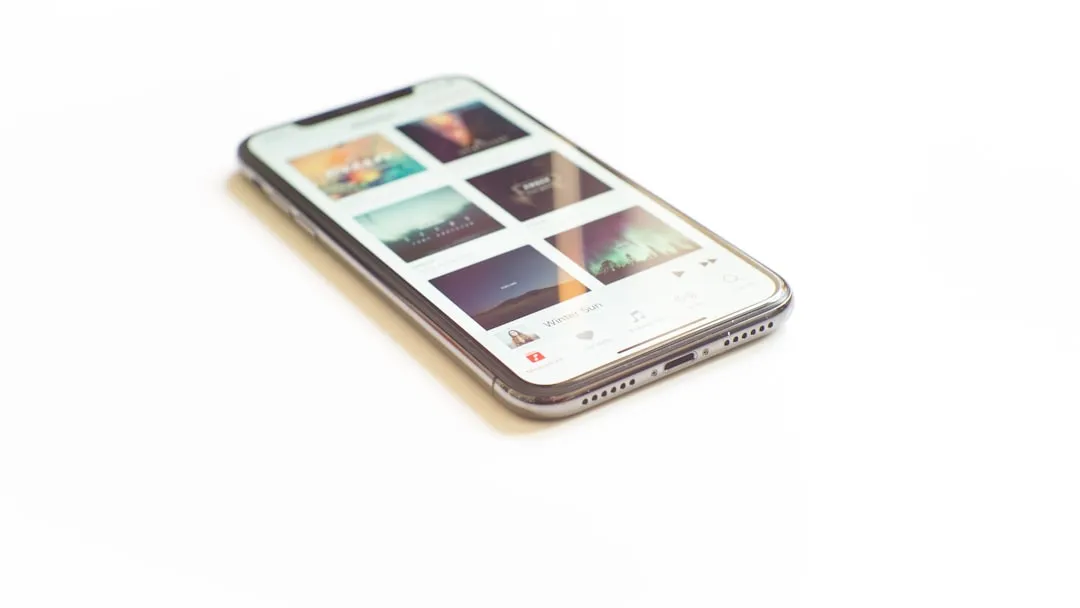
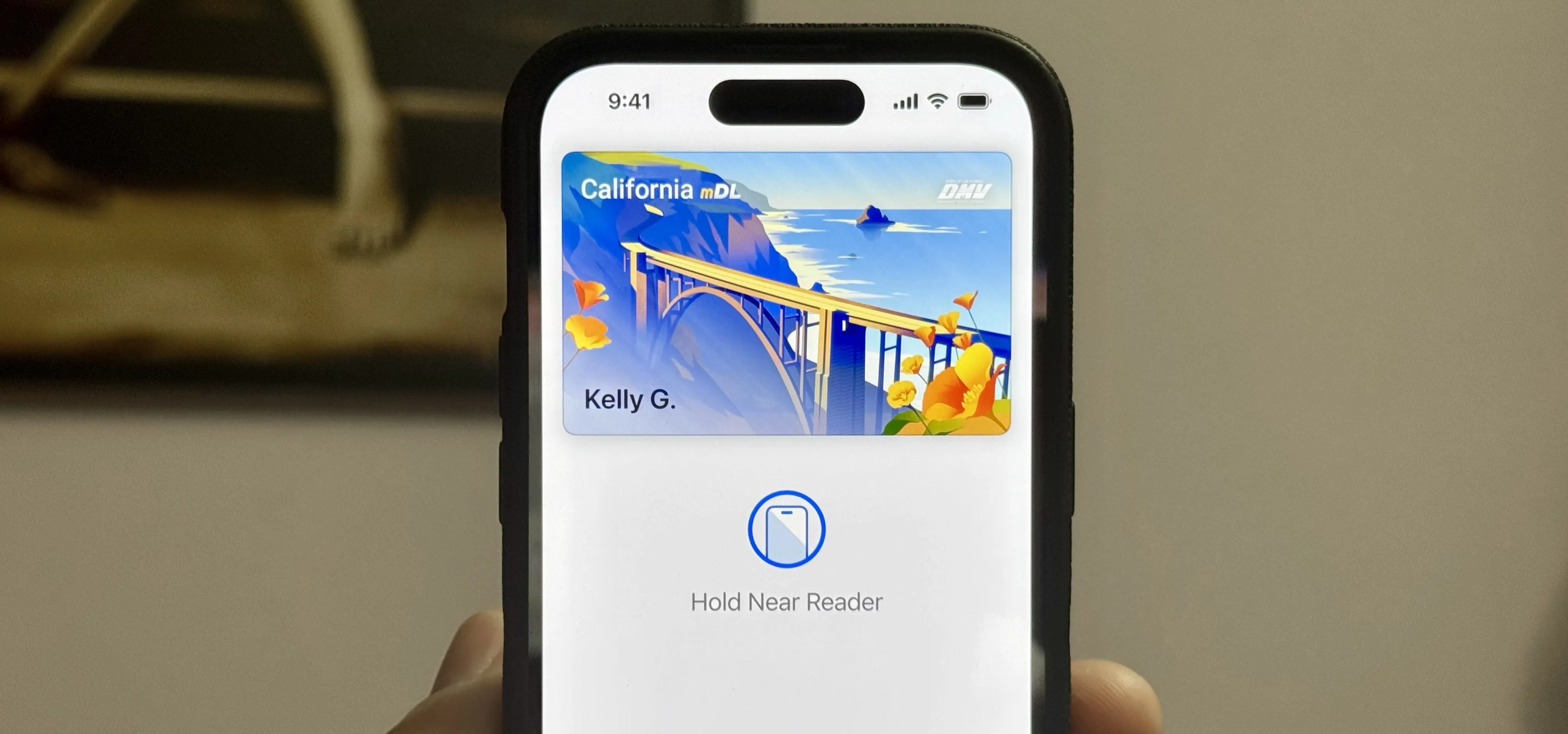
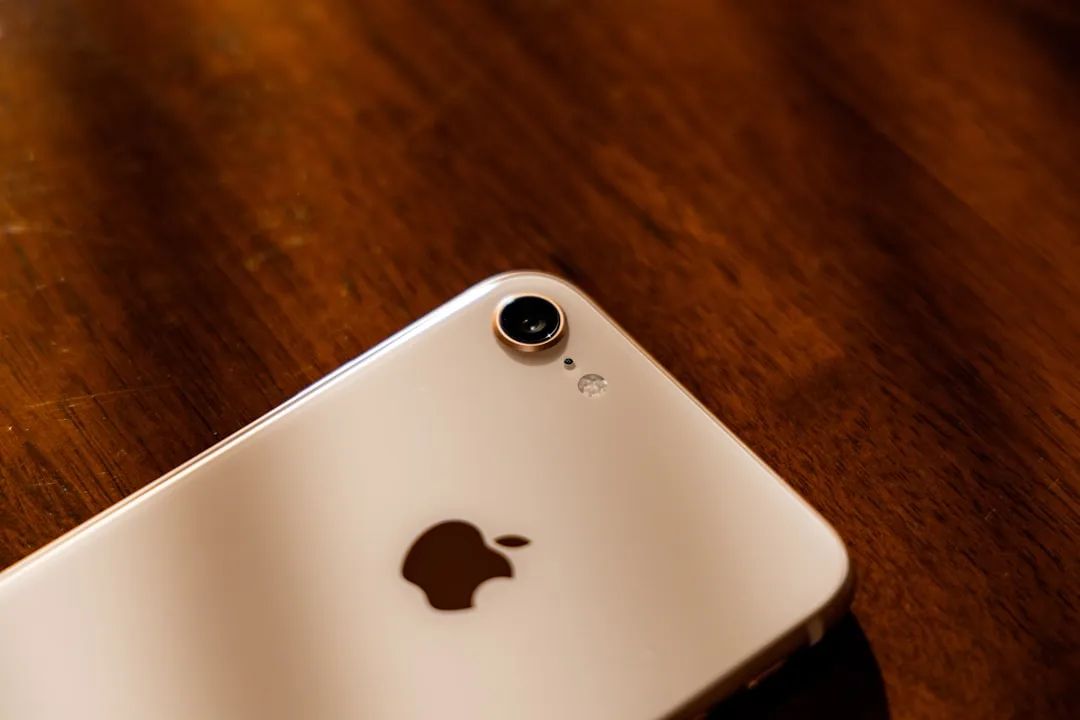
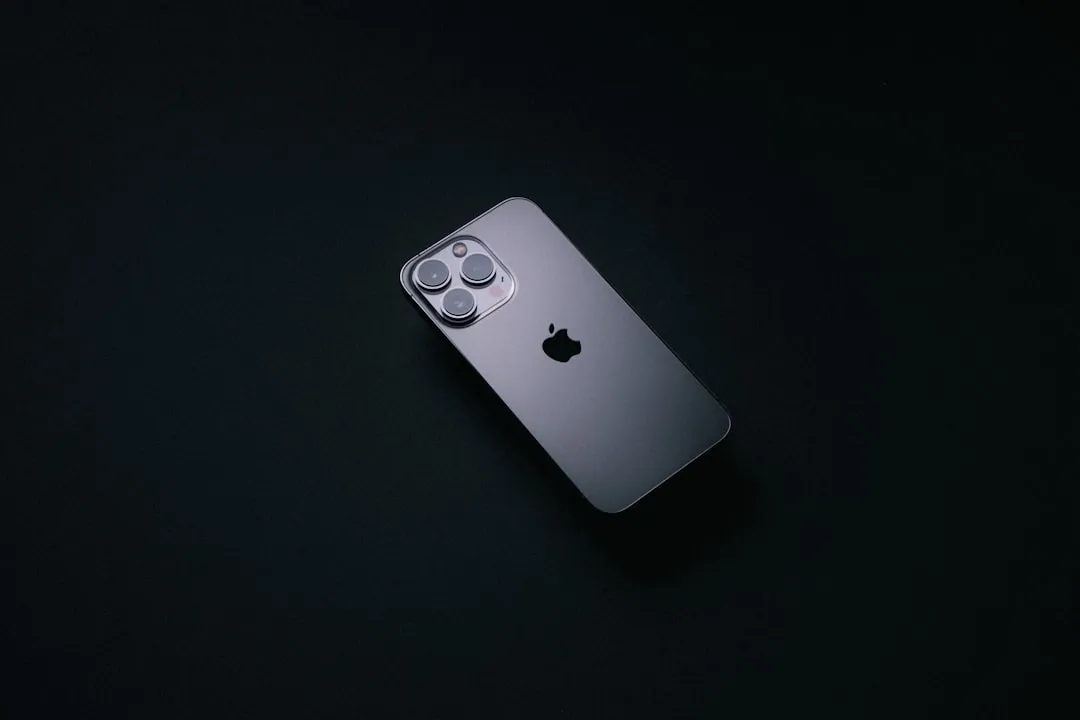
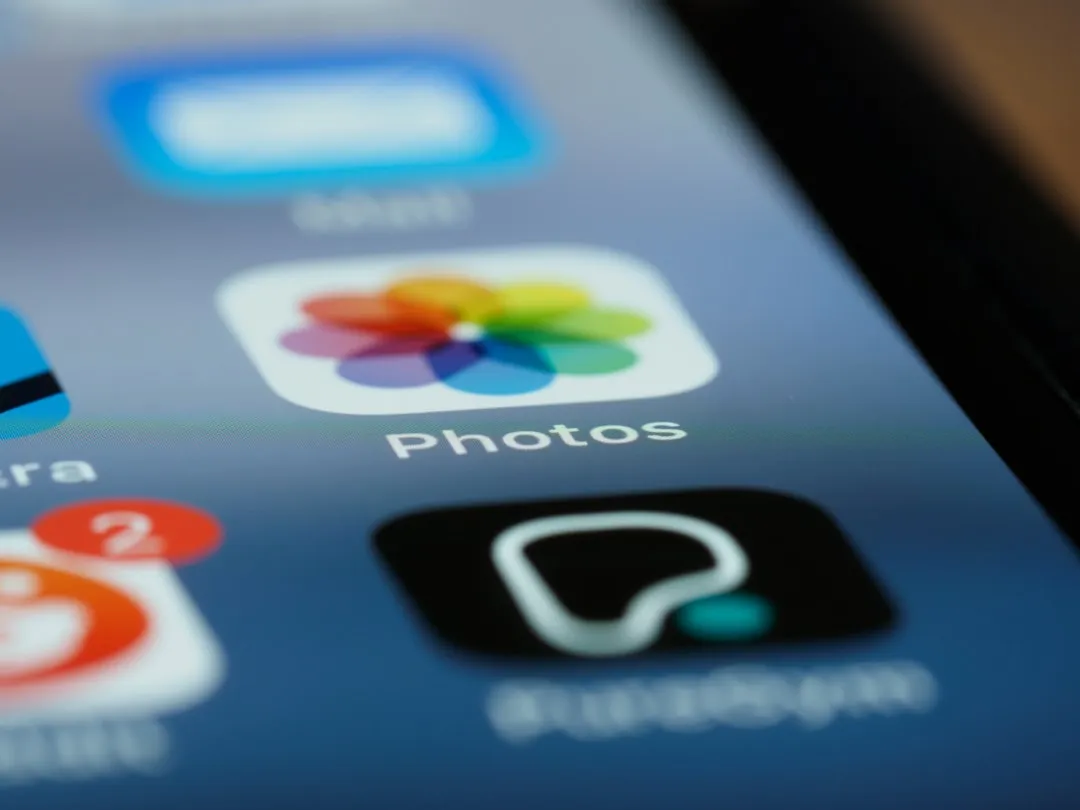
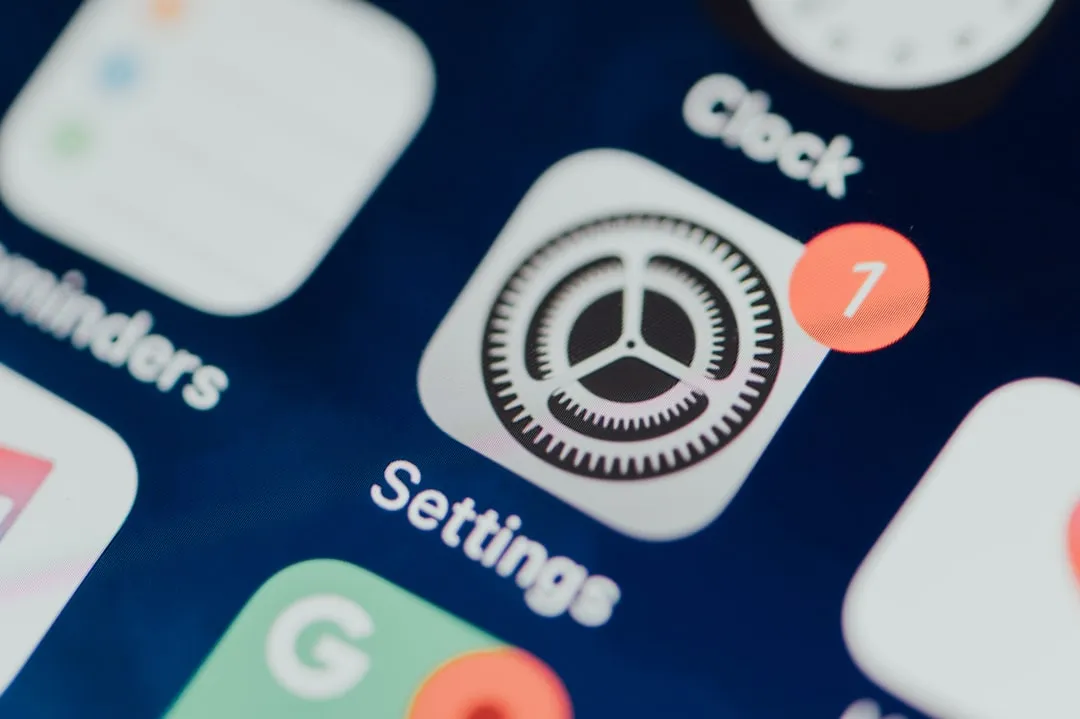
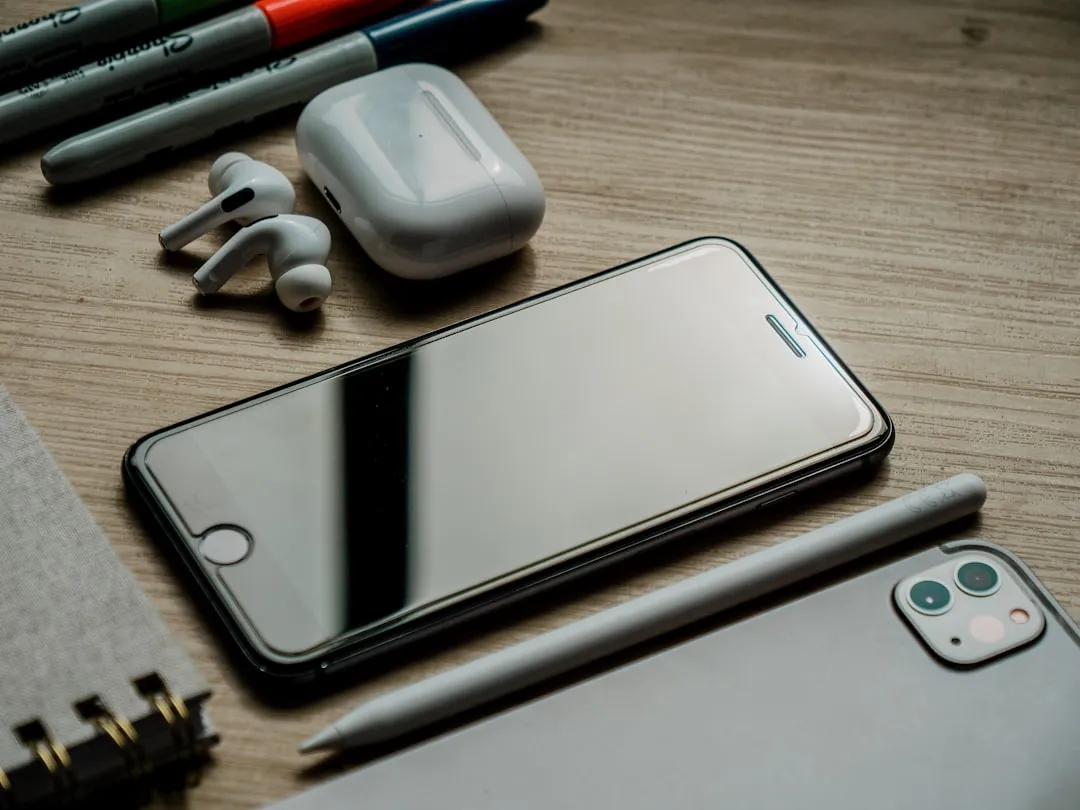

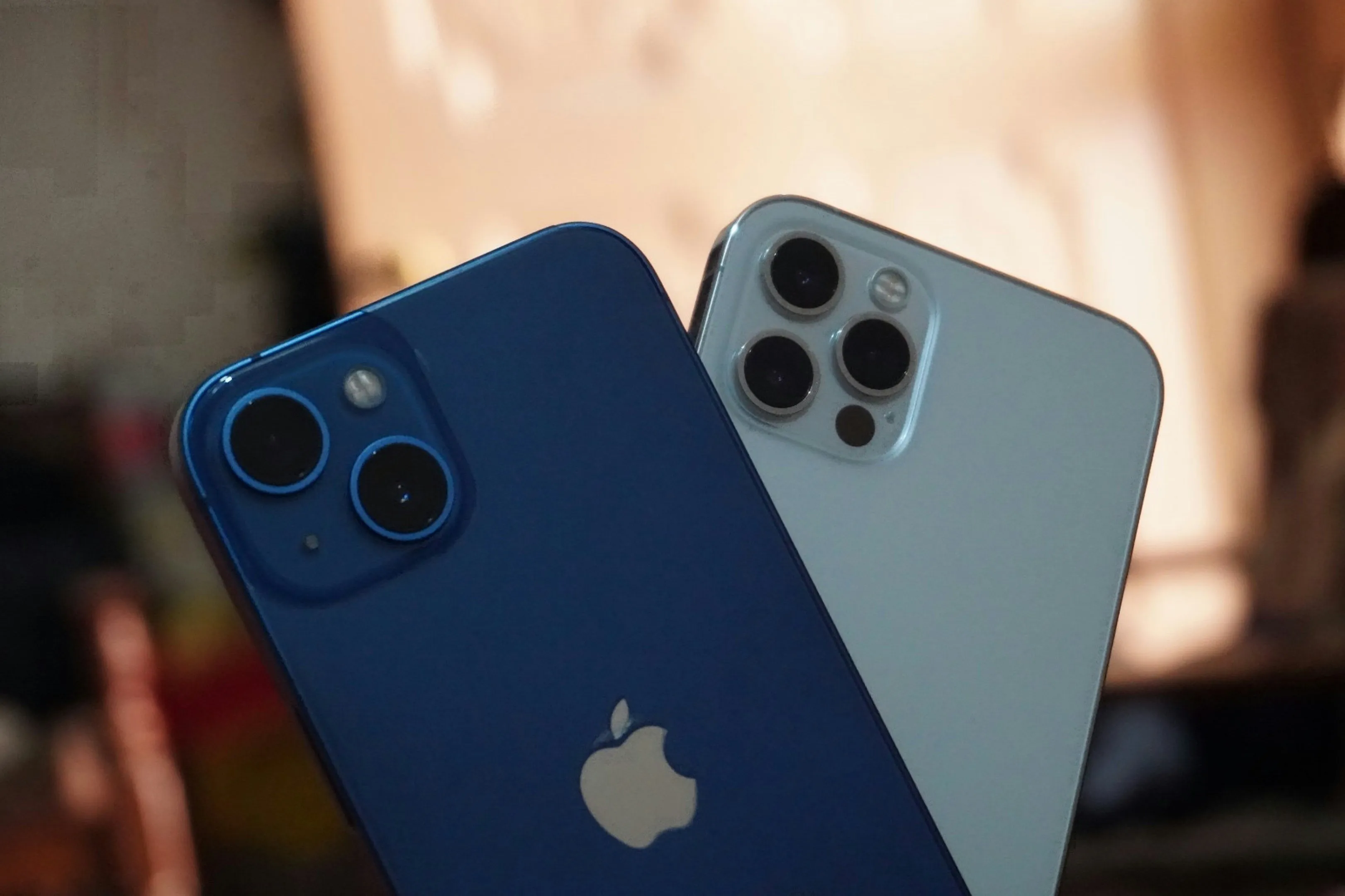

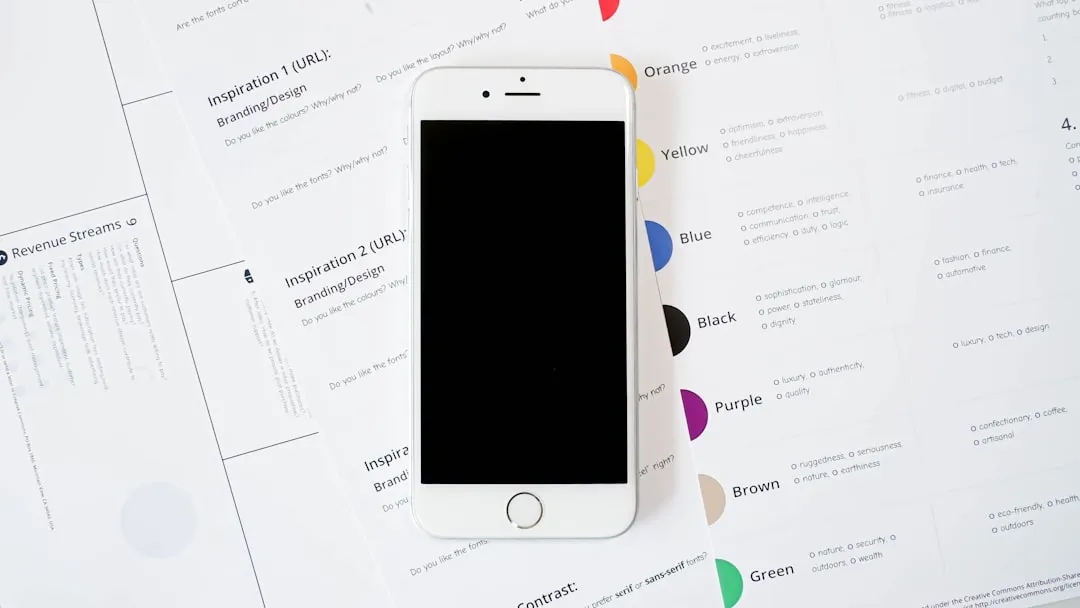
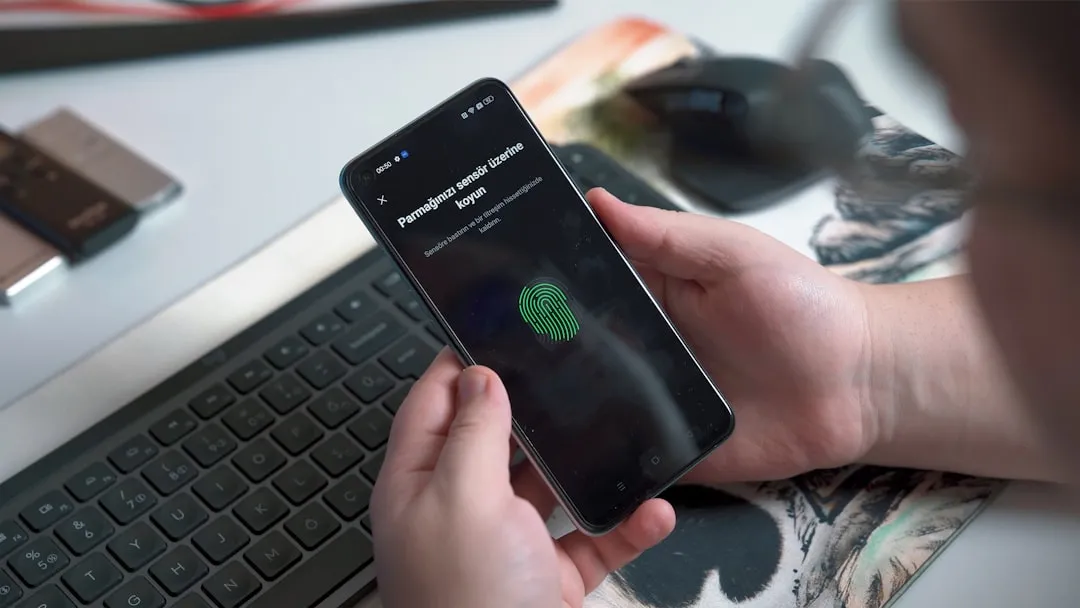
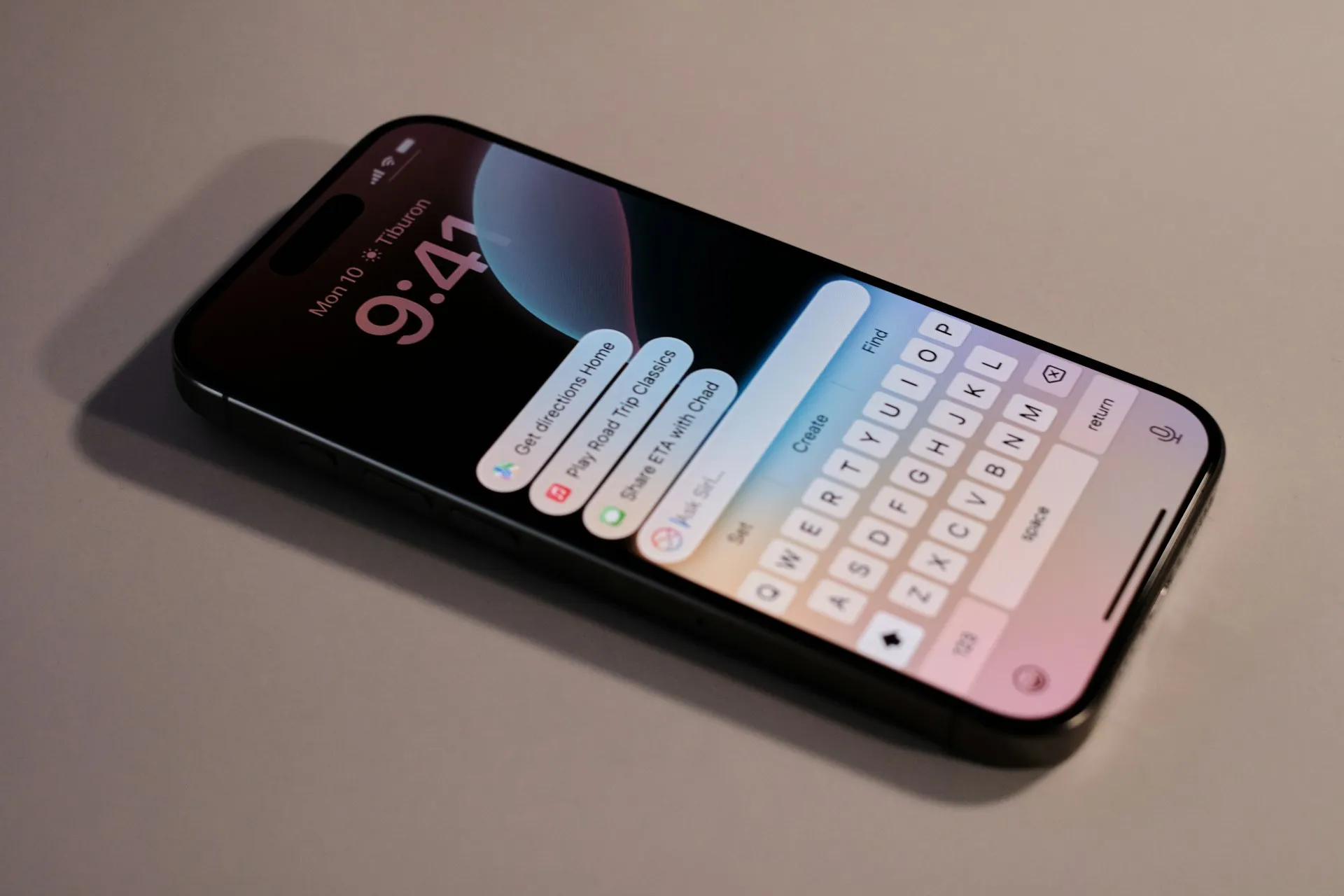

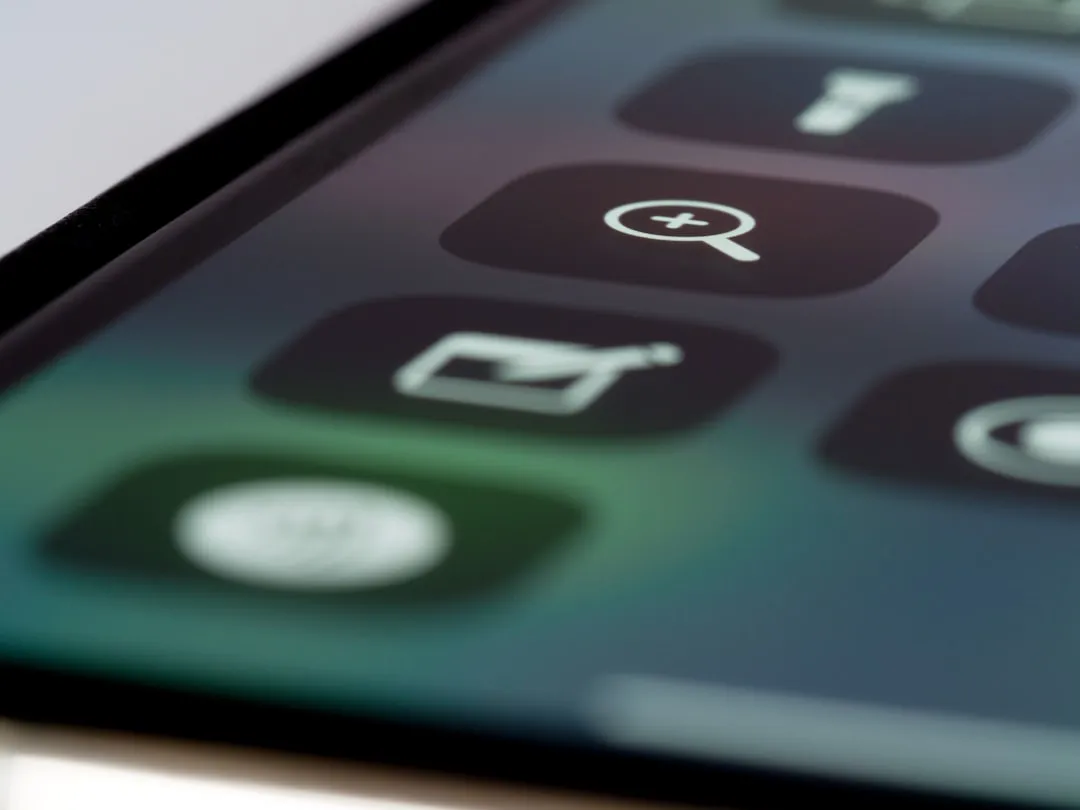
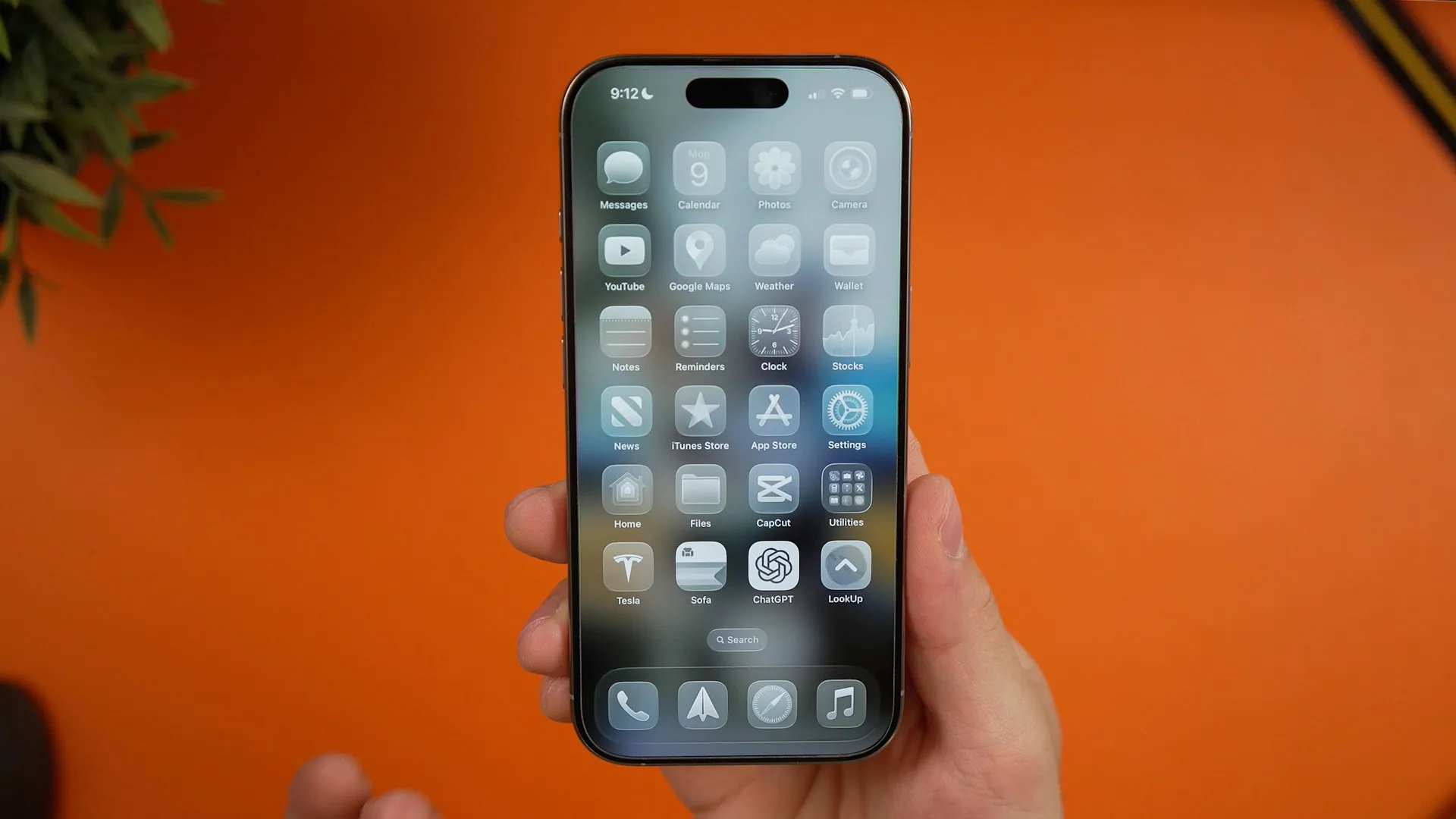
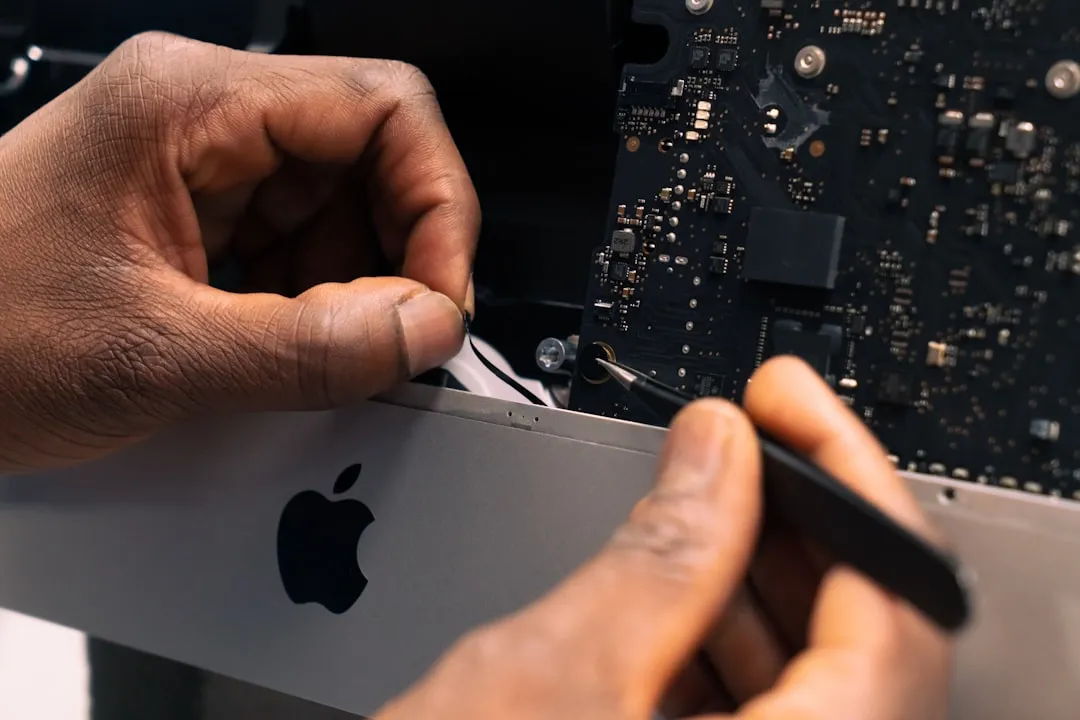
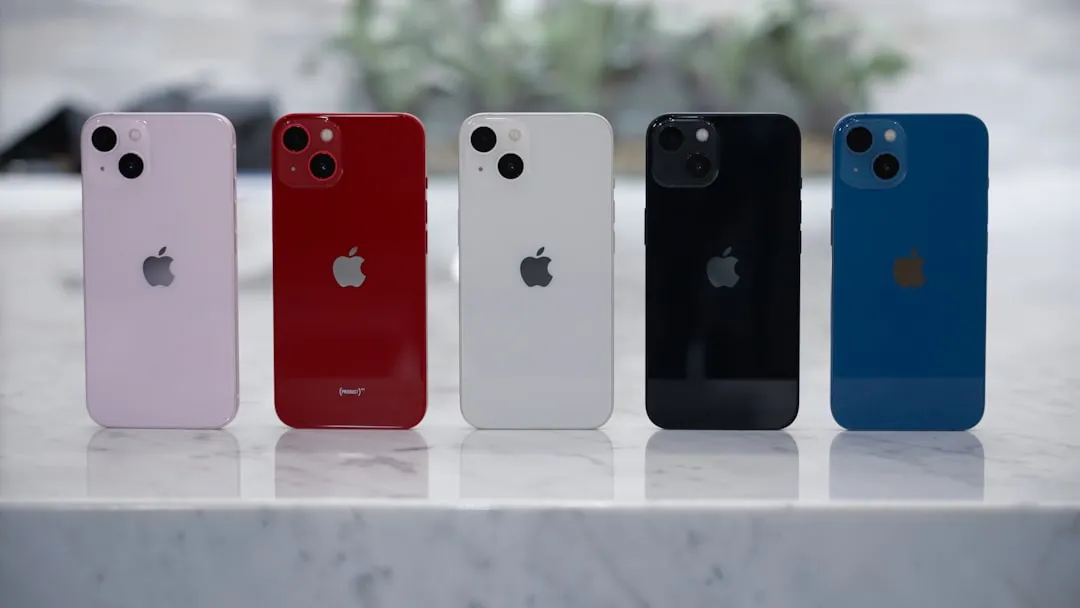
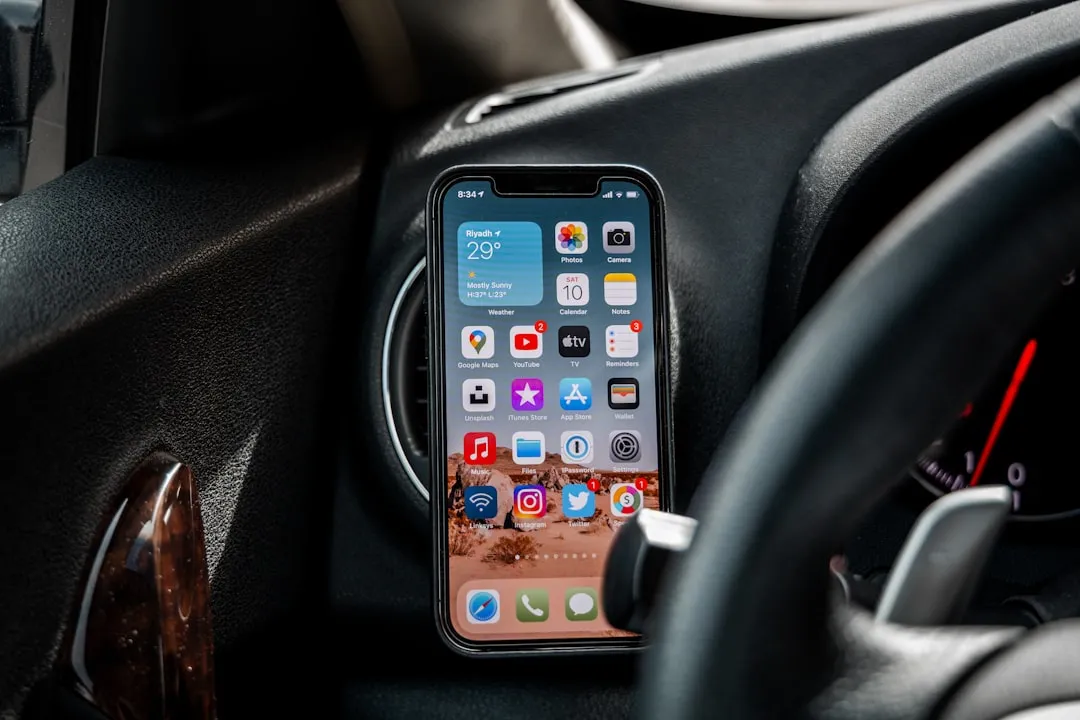


Comments
Be the first, drop a comment!